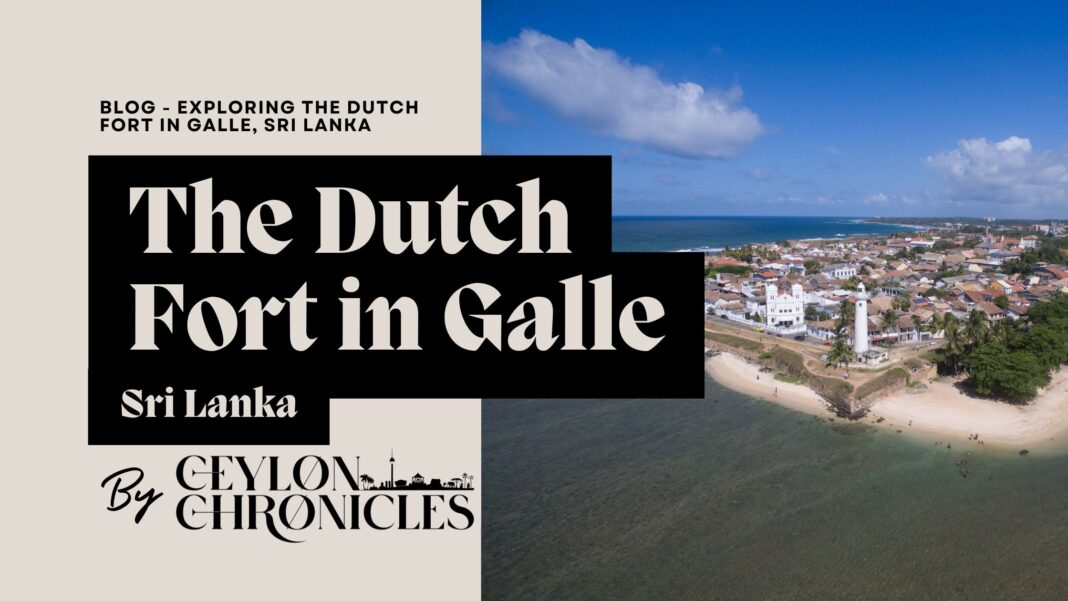A Blend of History and Modern Charm
Galle Fort, constructed by the Portuguese in the 16th century and later fortified by the Dutch, is an architectural marvel that holds a significant place in Sri Lankan history. Spanning over 36 hectares and surrounded by the Indian Ocean on three sides, the Fort’s strategic importance is undeniable. It marked the beginning of over four centuries of colonial domination on the island. Today, this spectacular structure stands as a UNESCO World Heritage Site and serves as a vibrant hub for cultural exploration, relaxation, and adventure.
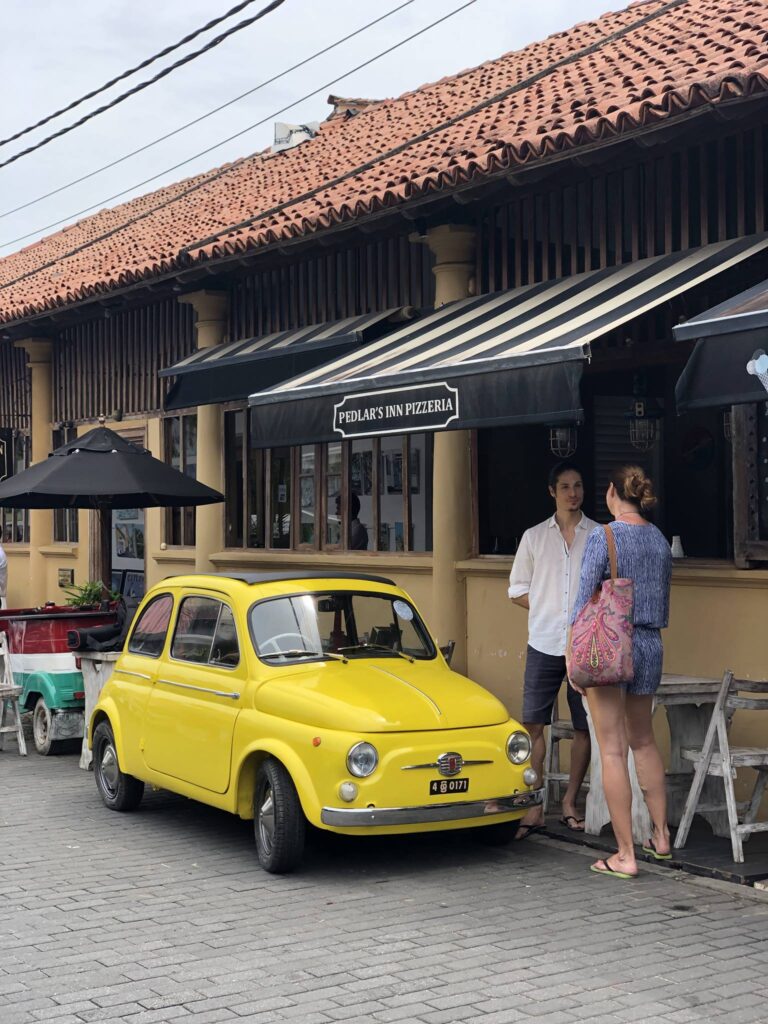
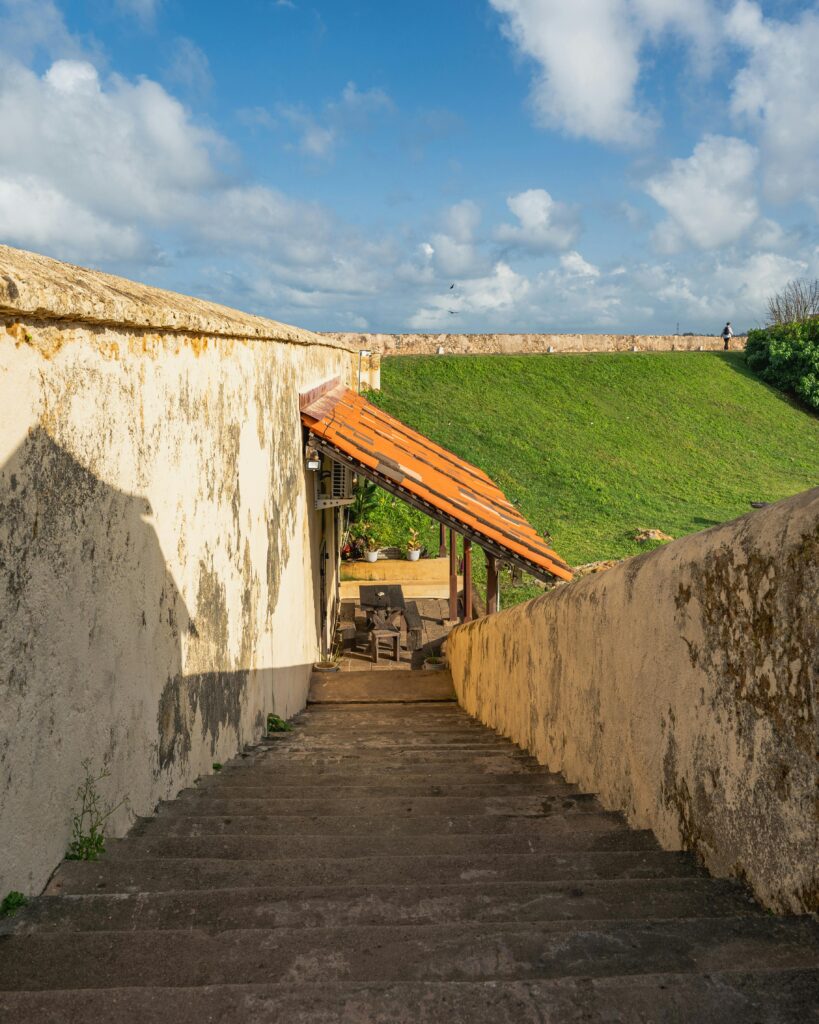
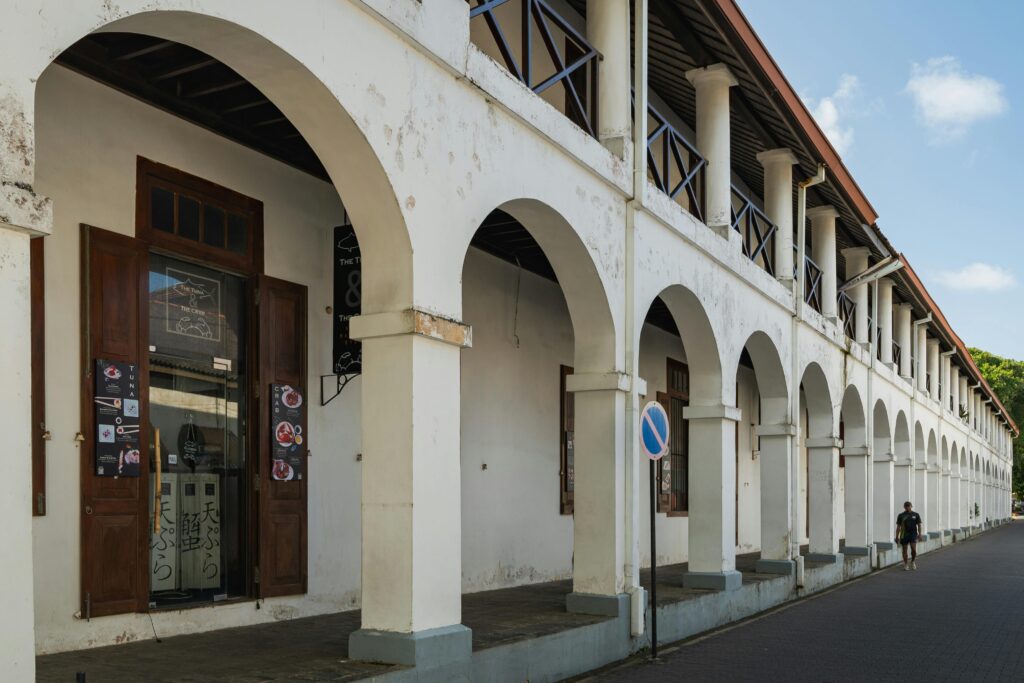
A Morning Jog Amidst History
One of the most picturesque features of the Galle Fort is its well-preserved ramparts. These sturdy walls, originally constructed by the Portuguese in the 16th century and later fortified by the Dutch, stretch along the coastline and provide stunning views of the Indian Ocean. Early mornings are particularly serene here, making the ramparts an ideal spot for jogging or exercising. As the sun rises, the cool sea breeze and the rhythmic sound of waves create a refreshing ambiance for fitness enthusiasts.
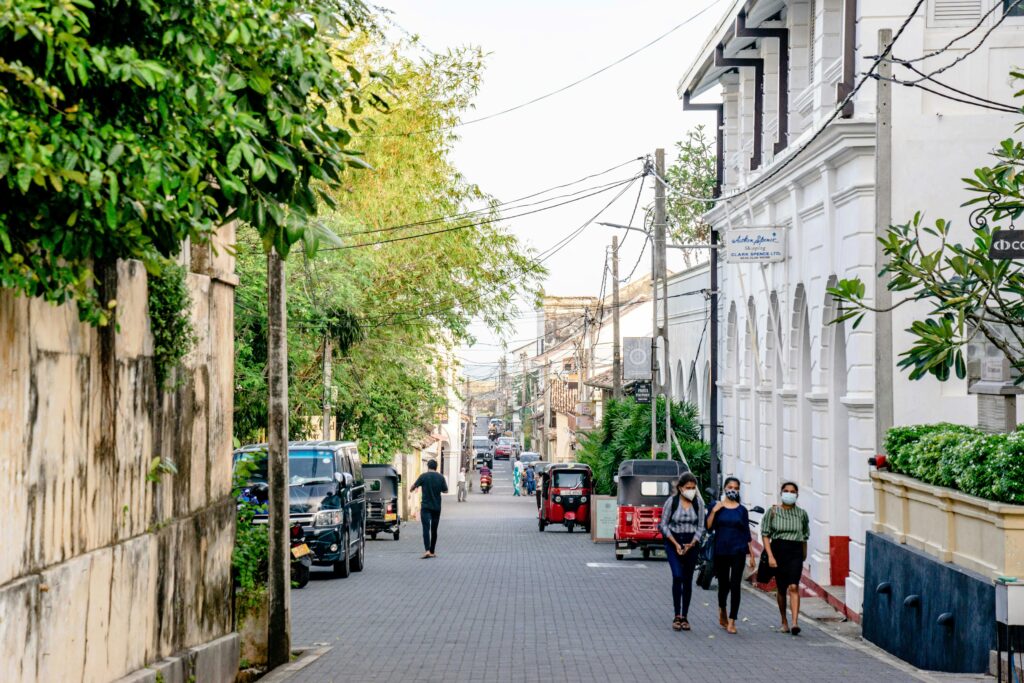

The Iconic Lighthouse
Standing tall as a beacon of Galle’s maritime heritage is the Galle Lighthouse. Located at the southeastern tip of the Fort, this pristine white structure is the oldest lighthouse in Sri Lanka. It’s a favorite spot for photographers and a must-visit for anyone exploring the Fort. The surrounding area is equally picturesque, offering views of the turquoise waters and the occasional sight of fishing boats in the distance.
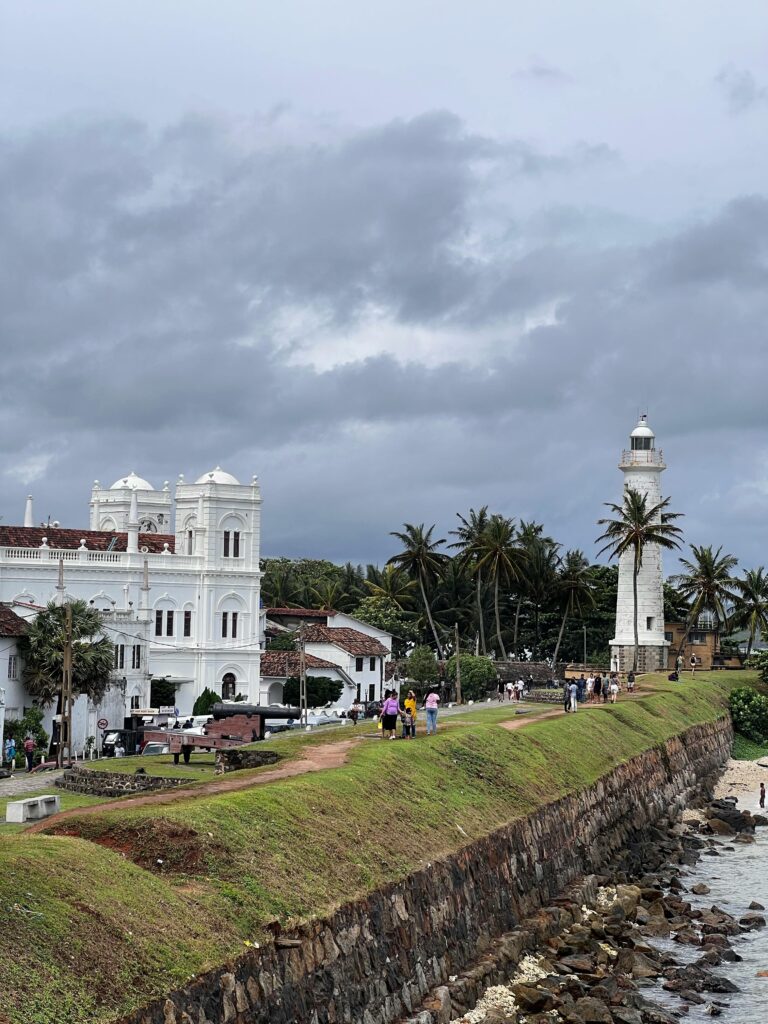
Museums: A Glimpse into the Past
History buffs will find the Fort’s museums a treasure trove of artifacts and stories. The National Maritime Museum, housed in a colonial building, showcases Sri Lanka’s rich maritime history, including shipwrecks, marine biodiversity, and navigational tools. The Galle Fort Museum, on the other hand, offers a broader perspective on the Fort’s history, with exhibits featuring colonial-era artefacts, traditional costumes, and ancient maps.
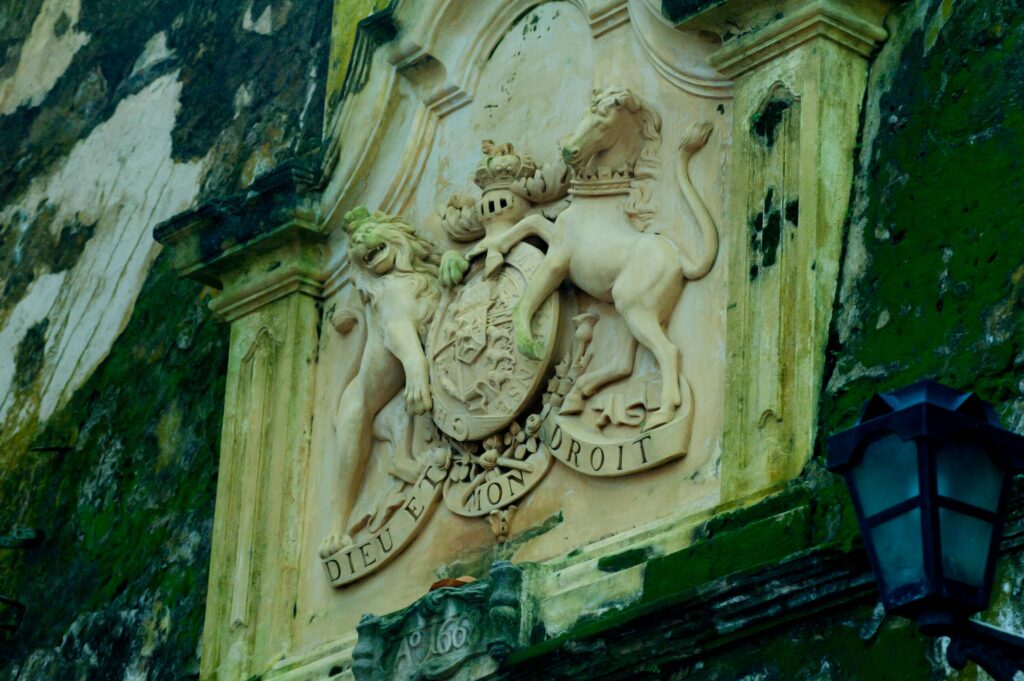
Dining and Relaxation
The Galle Fort is a haven for food lovers, boasting a variety of restaurants and cafes. From traditional Sri Lankan cuisine to international delicacies, there’s something for every palate. Many establishments are housed in beautifully restored colonial buildings, adding a unique charm to the dining experience. After a hearty meal, you might consider indulging in a fish massage. The Garra rufa fish, known as “doctor fish,” provide a gentle exfoliation as they nibble on your feet—a quirky and relaxing activity that’s popular among visitors.
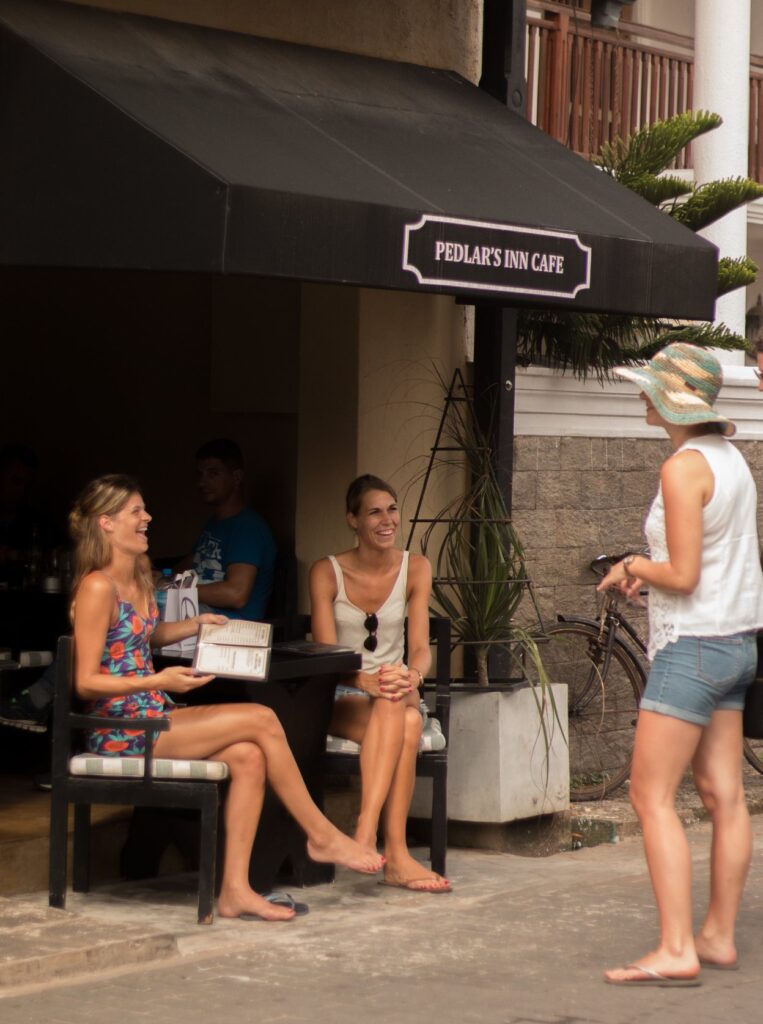
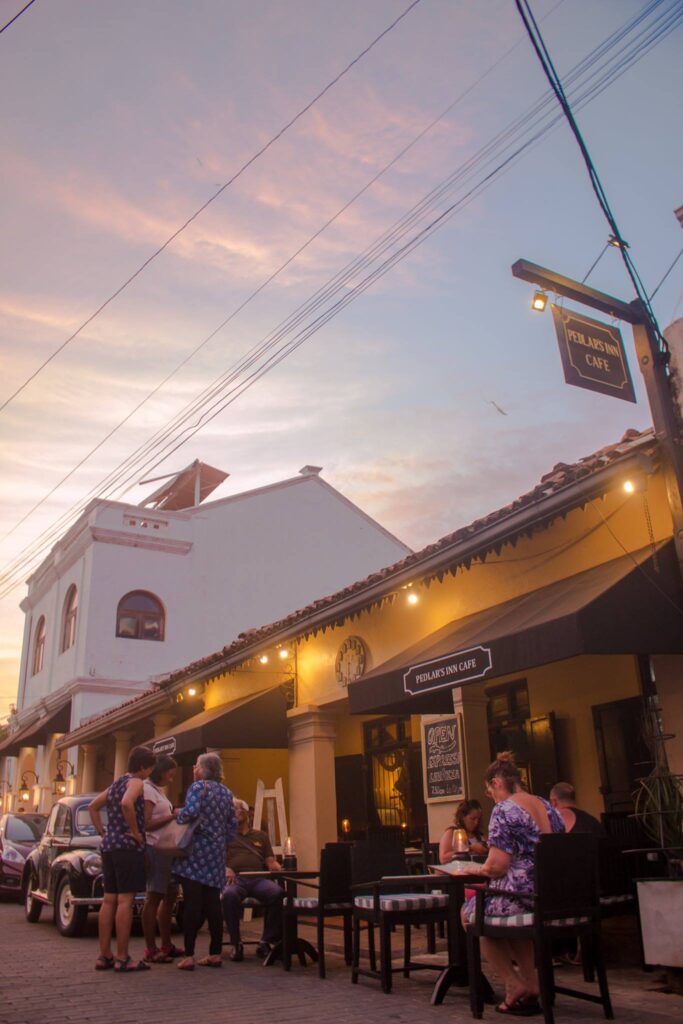
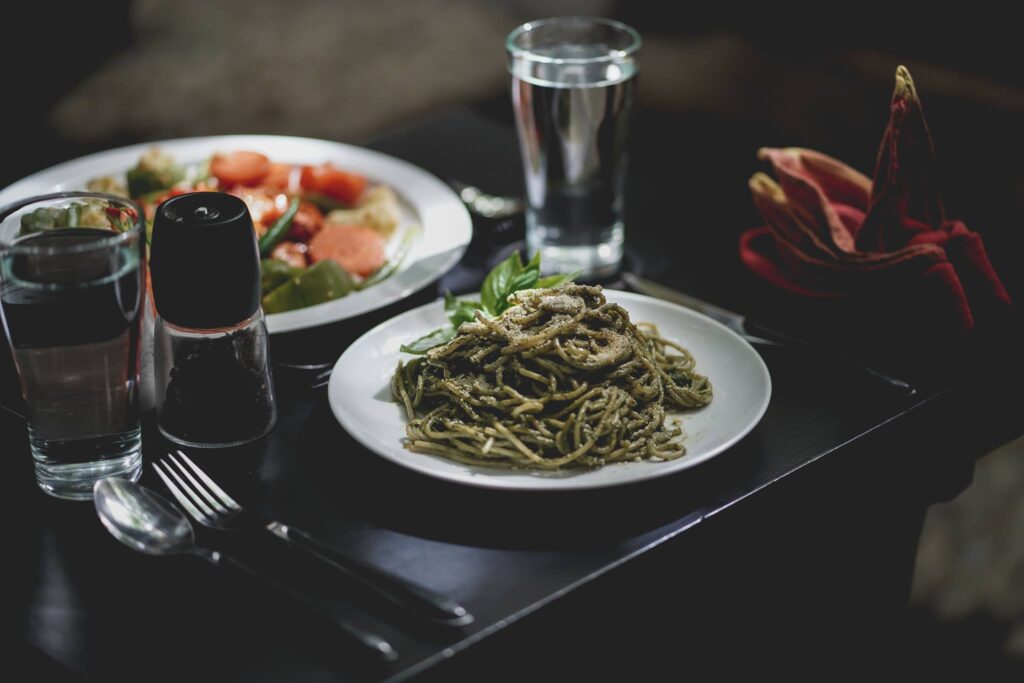
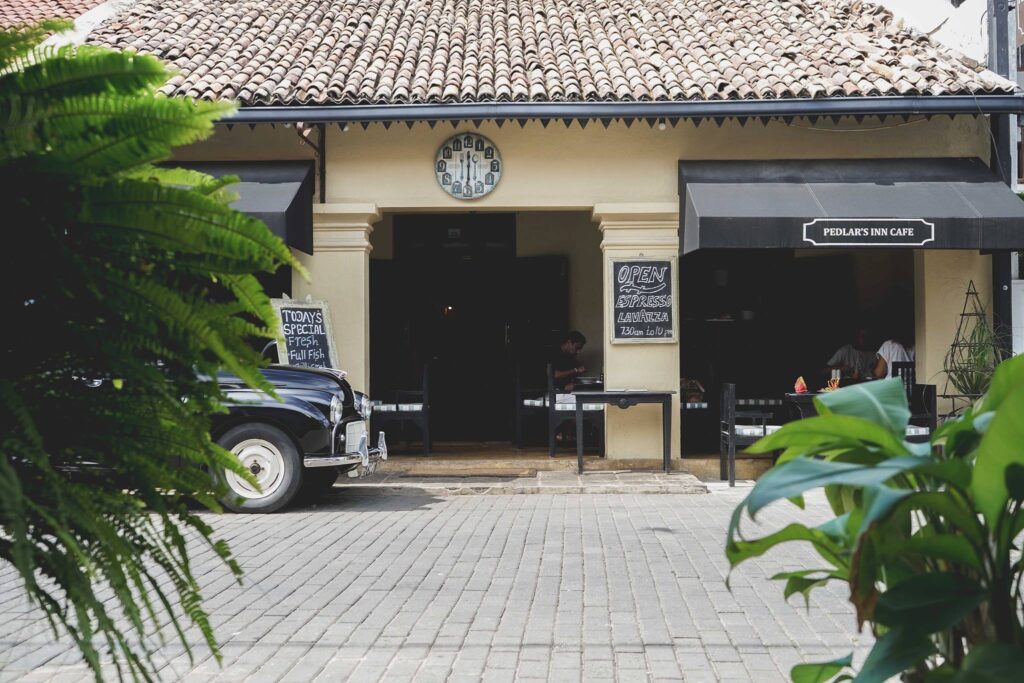
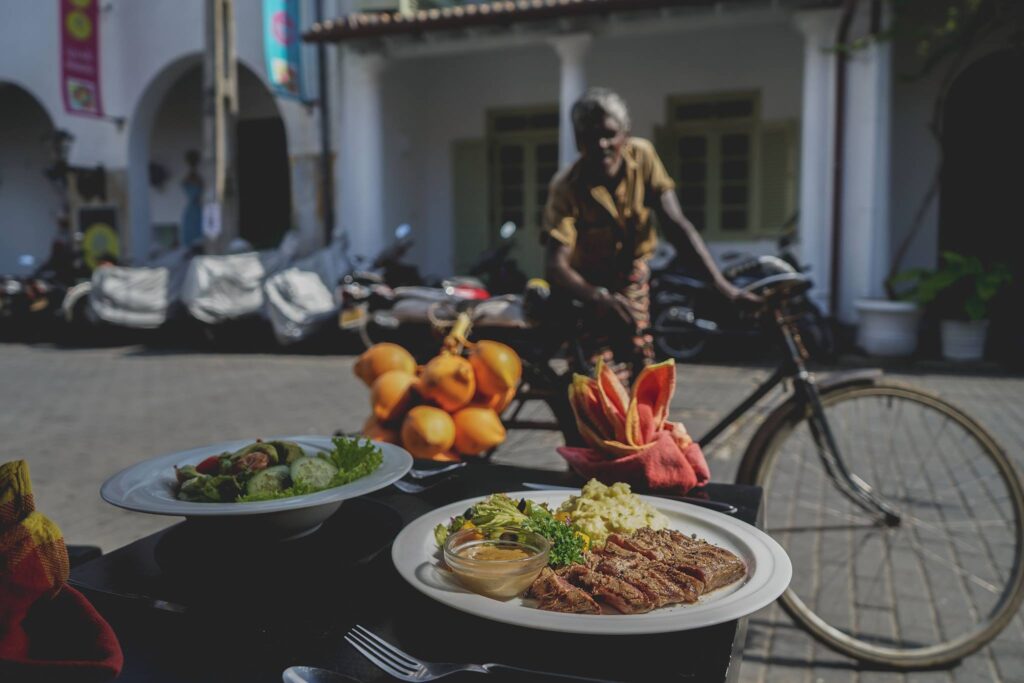
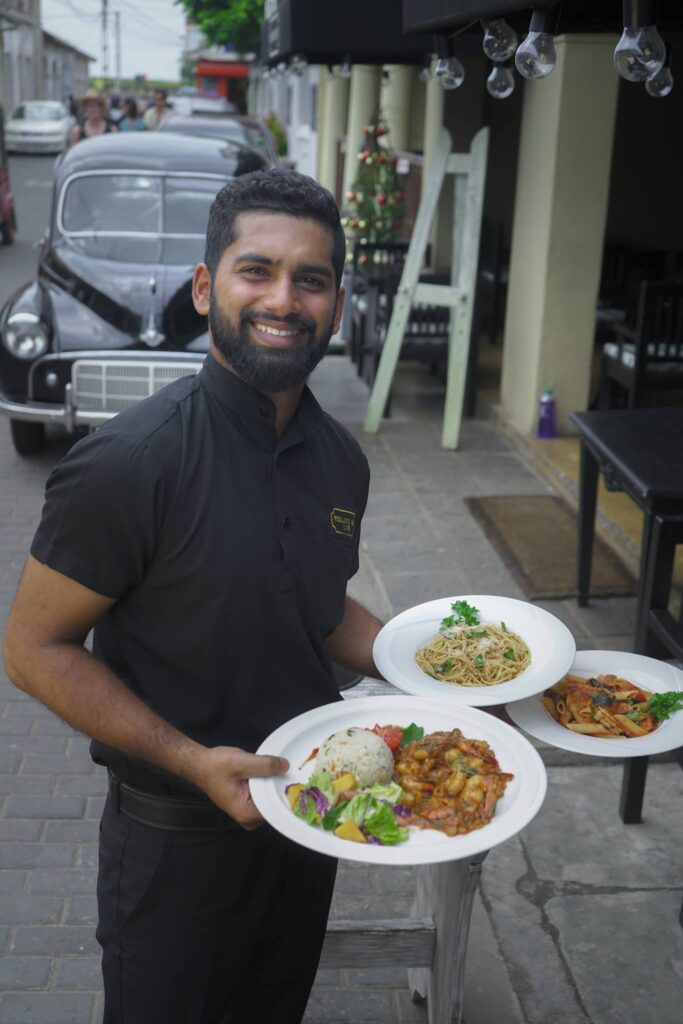
Cultural and Religious Harmony
Within the Fort’s walls, you’ll find a harmonious blend of religious sites. The serene Meeran Mosque, with its unique blend of Islamic and colonial architecture, stands alongside historic churches like the Dutch Reformed Church and the All Saints’ Anglican Church. Nearby, you’ll also find a Buddhist temple, reflecting Sri Lanka’s cultural diversity and tolerance. These sites are not only places of worship but also architectural marvels that narrate the story of the Fort’s multicultural past.
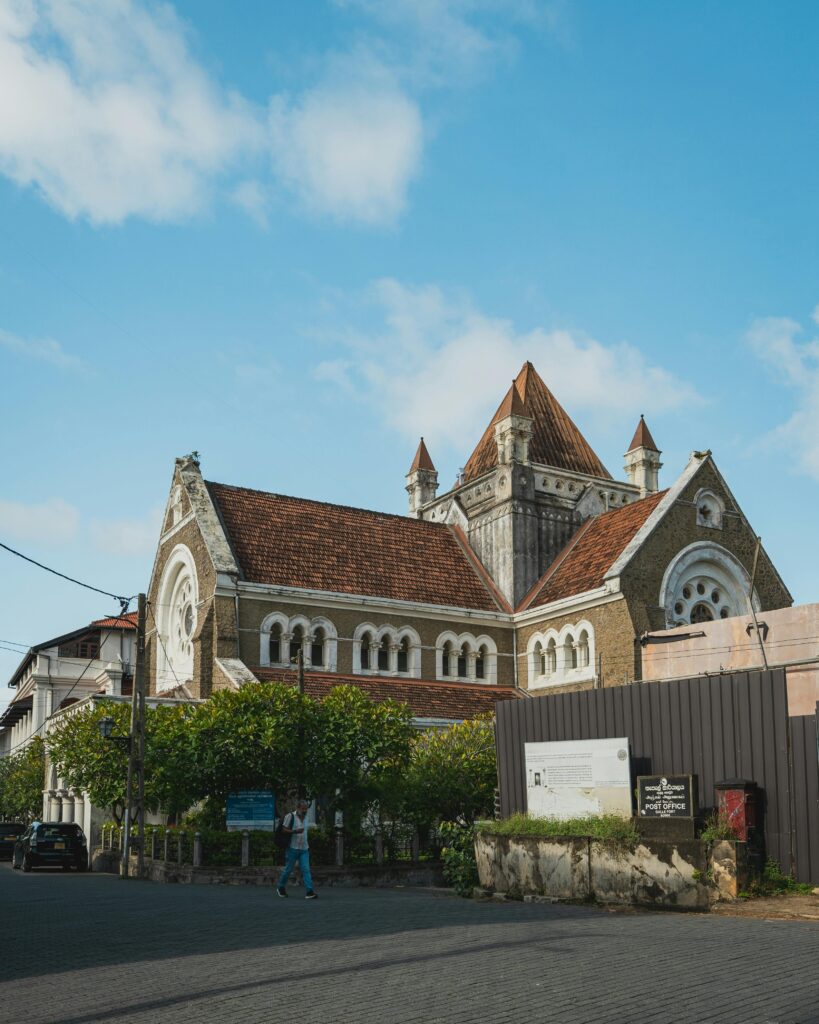
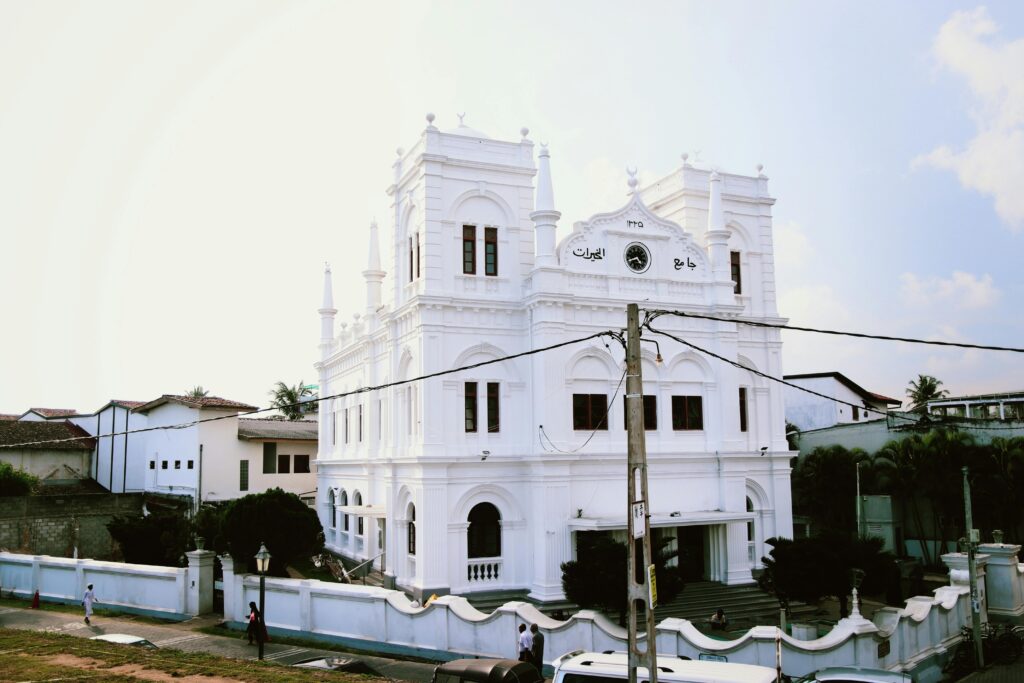
The Dutch Post Office and Other Landmarks
The Dutch Post Office is another gem within the Fort, offering a glimpse into the colonial administrative systems. Its vintage charm is a favorite among history enthusiasts and postcard collectors. Other notable landmarks include the old courts and the library, both of which exude a sense of nostalgia and timelessness.
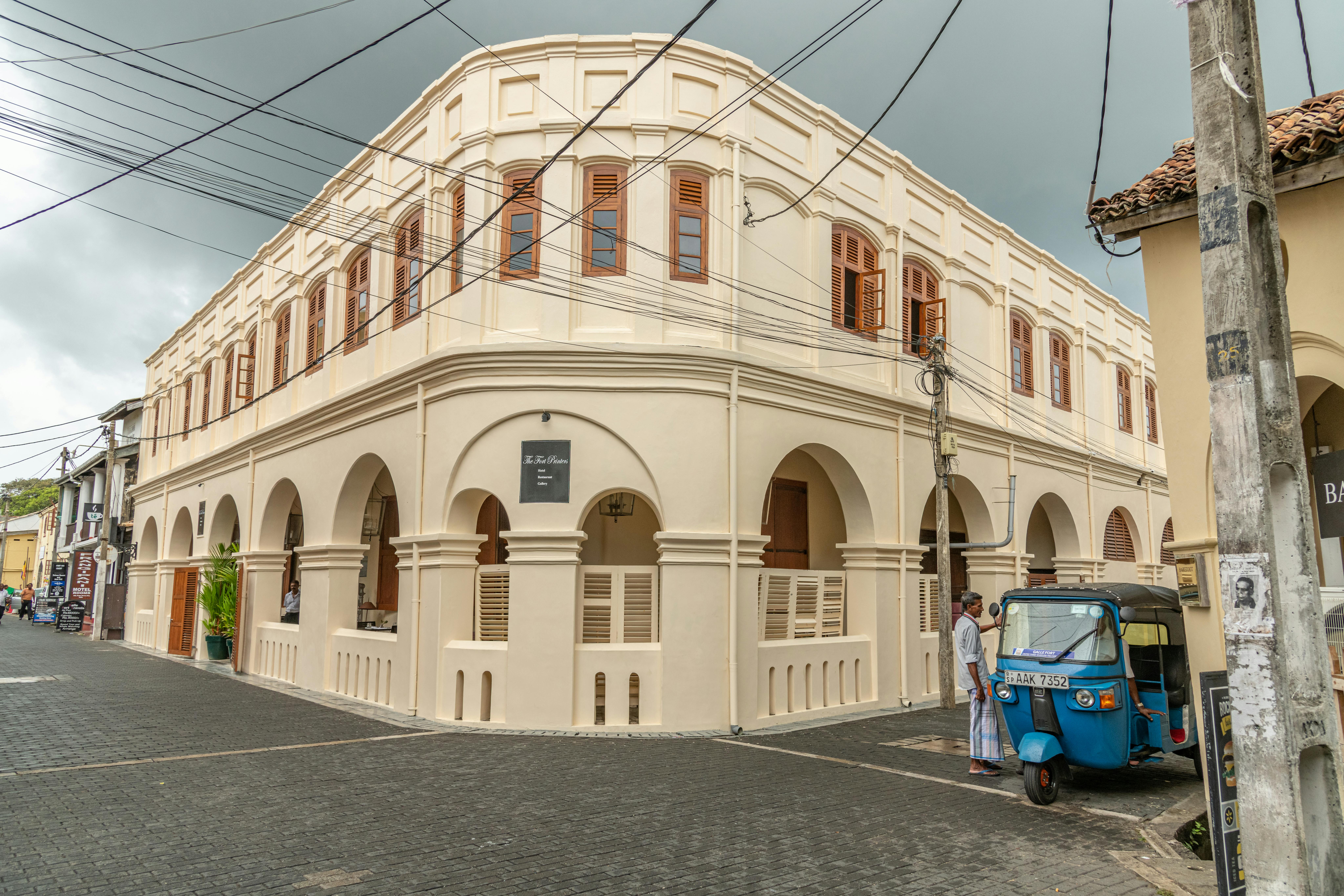
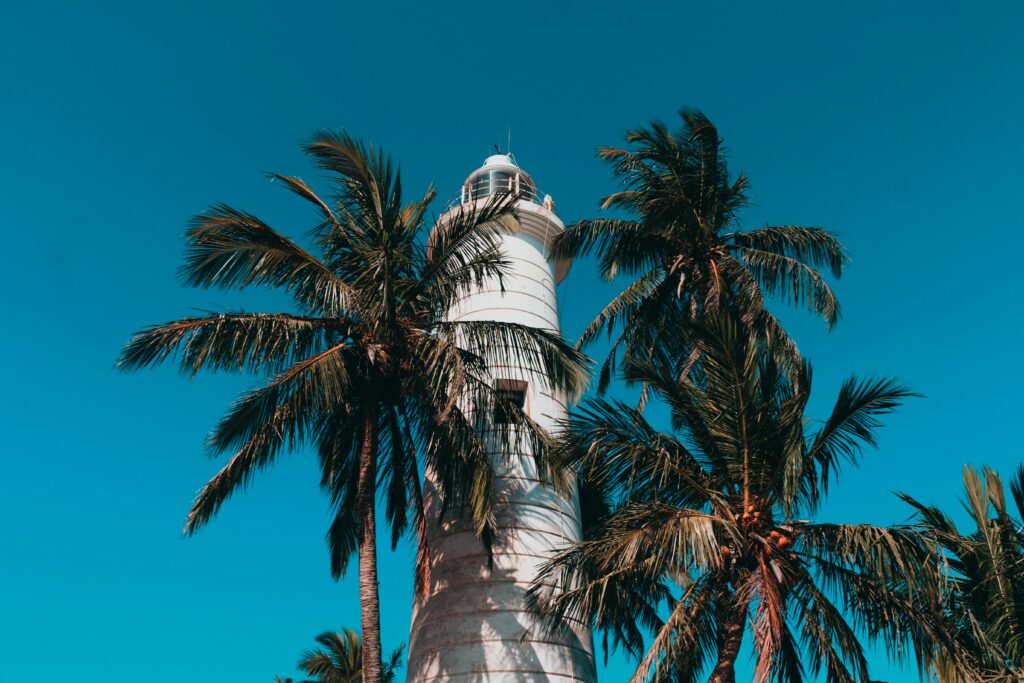
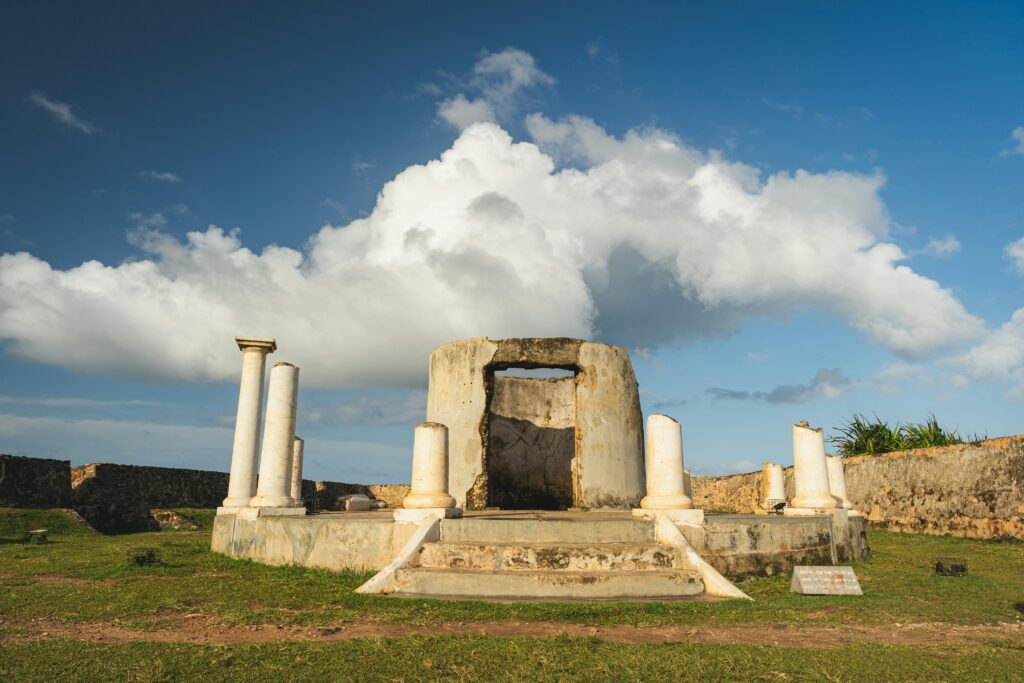
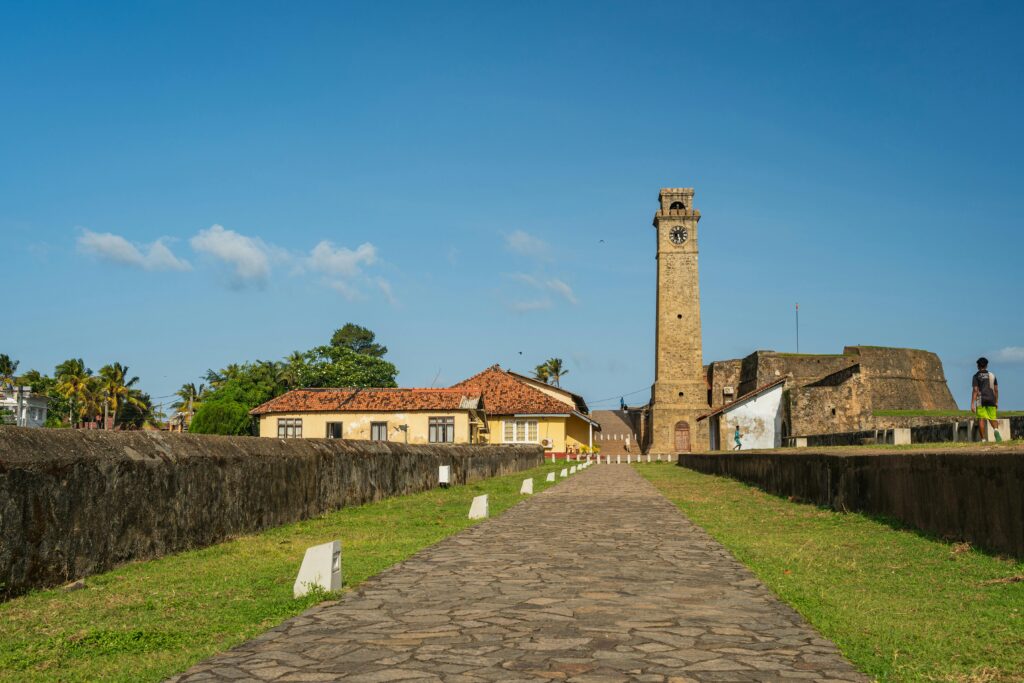
Beaches and Natural Beauty
Near the Galle Lighthouse, you’ll find a small but inviting beach where the golden sands meet the turquoise waves. It’s a perfect spot for soaking up the sun, enjoying a leisurely stroll, or simply unwinding by the ocean. Just outside the Fort’s walls lies the Old Port, a historic site that once bustled with maritime activity during colonial times. Adjacent to the Old Port is the vibrant fresh fish market, where local fishermen display their catch of the day. The market’s lively atmosphere and the sight of colorful fish make it a fascinating stop for visitors. Together, these elements create a unique blend of natural beauty and cultural charm.
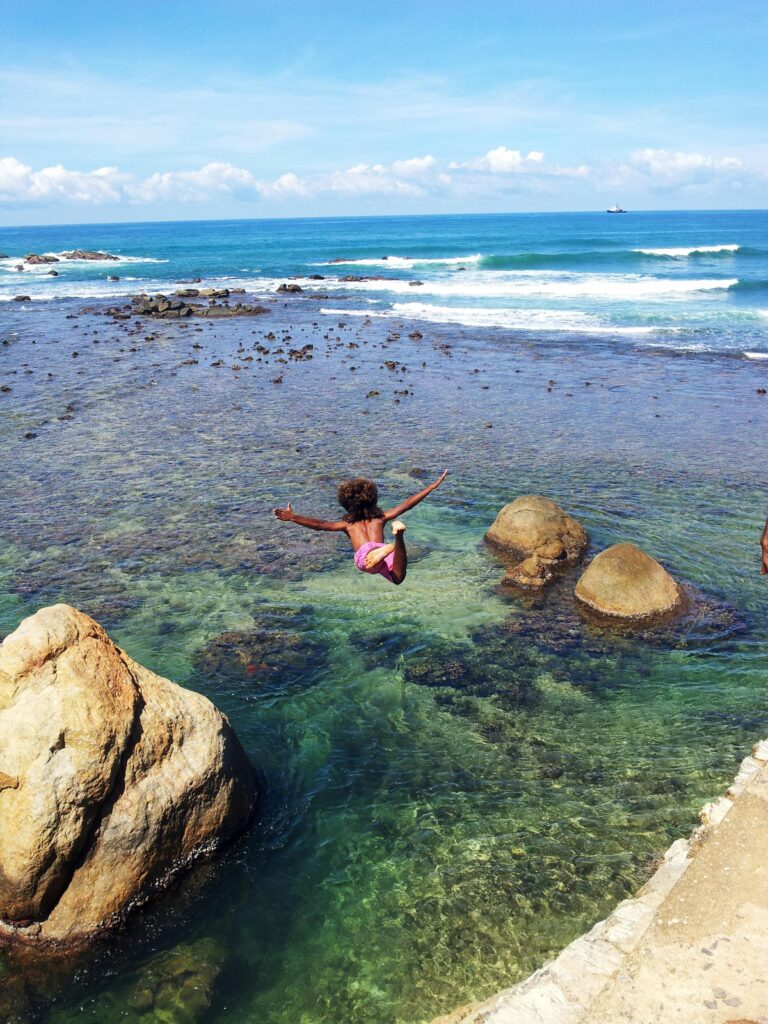
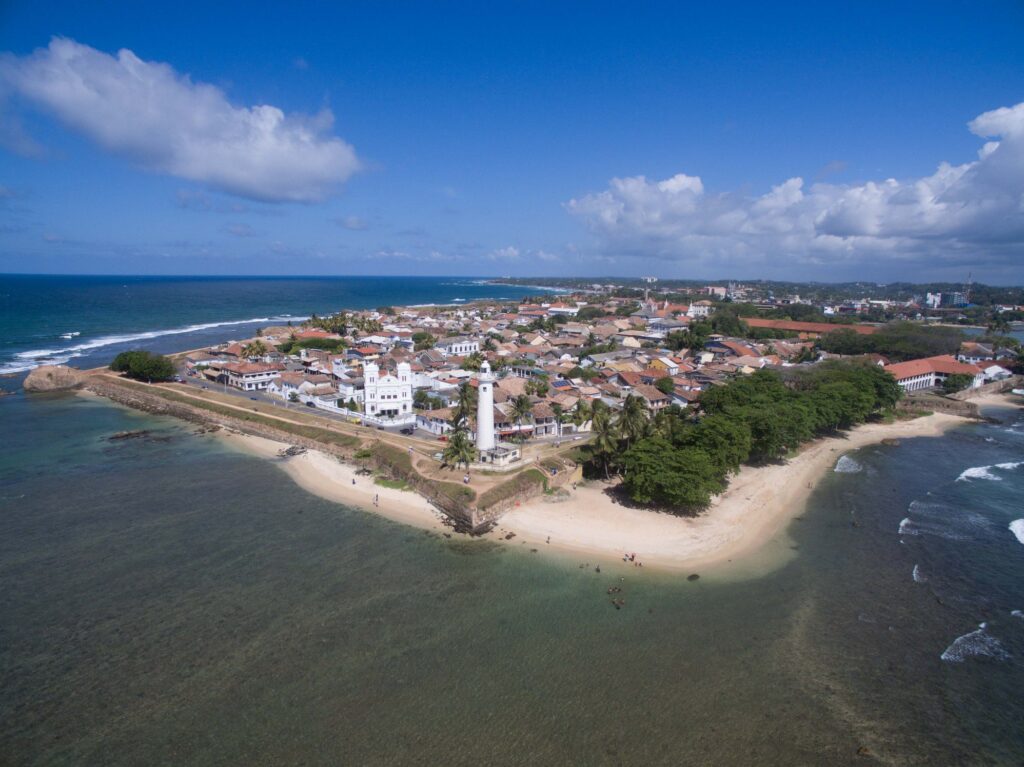
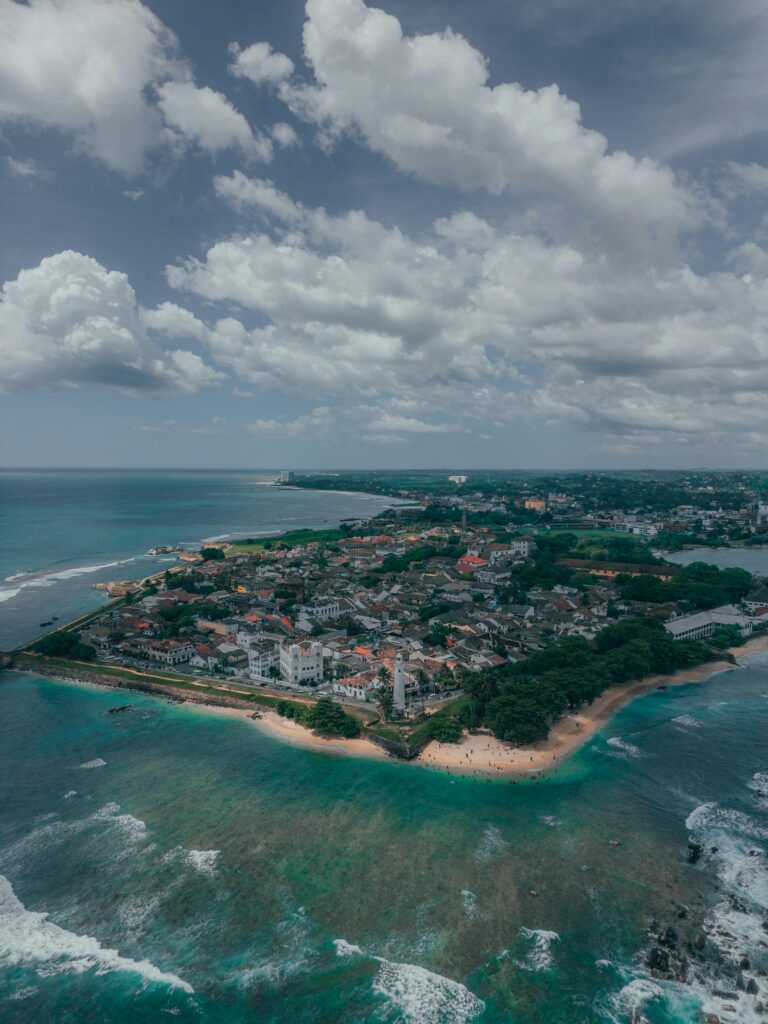
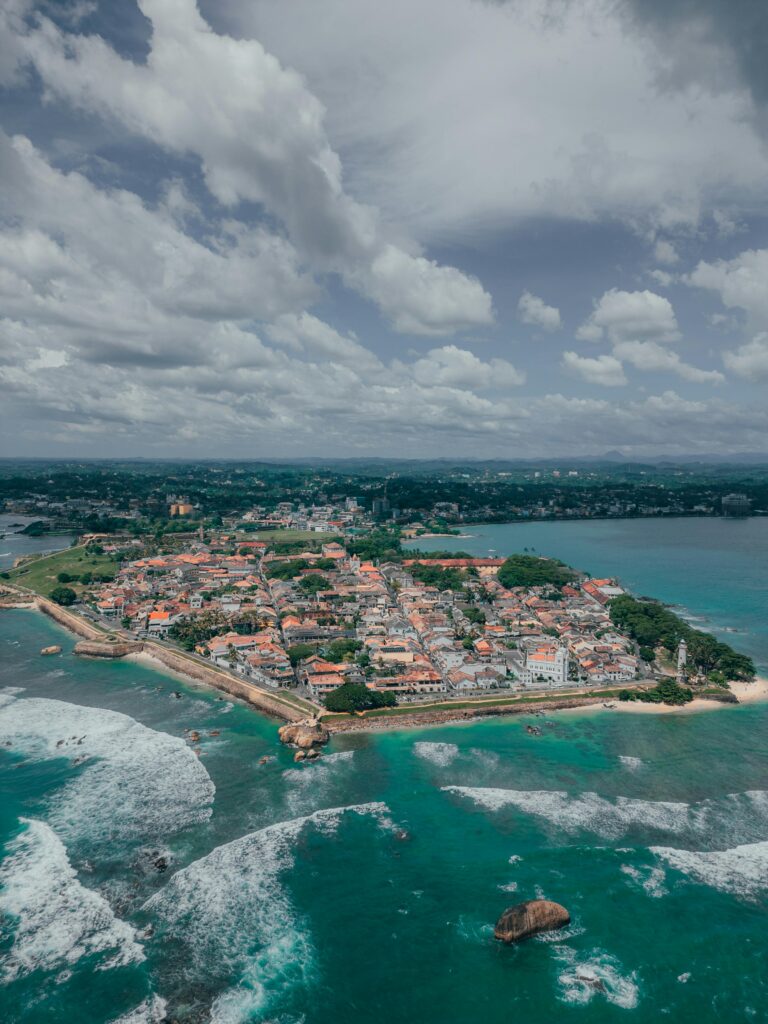
Transportation to the Fort
Getting to Galle Fort is an adventure in itself, with several convenient transportation options available. The train service from Colombo to Galle offers a scenic coastal journey, allowing passengers to enjoy breathtaking views of the Indian Ocean along the way. Buses are another economical choice, with regular services connecting Colombo and Galle. For a more personalized experience, tuk-tuks (three-wheelers) are readily available for hire, both for short trips within Galle and longer rides from nearby towns. Each mode of transport adds its unique charm to your journey, making the trip to the Fort just as memorable as the destination itself.
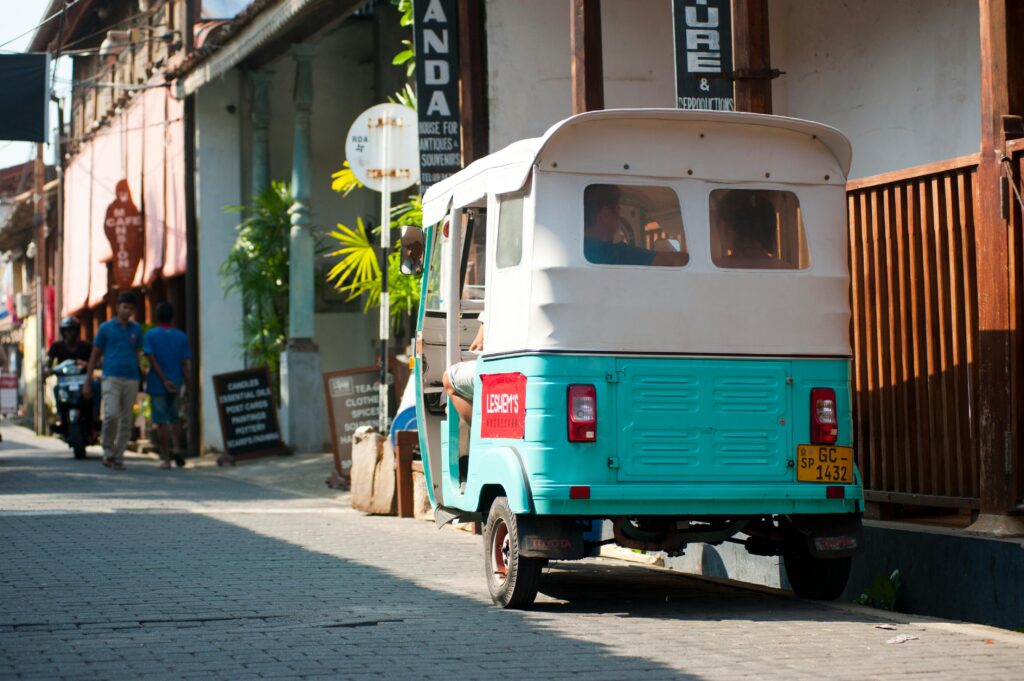
Nightlife and Additional Highlights
As the sun sets, the Fort transforms into a lively hub of entertainment for tourists. Quaint bars, live music venues, and rooftop cafes come alive, offering a unique blend of relaxation and vibrant nightlife. For those intrigued by history, the Dutch prison—a stark reminder of the Fort’s colonial past—is worth a visit. Another iconic structure is the Fort Clock Tower, standing tall as a testament to Dutch engineering and a prominent landmark within the Fort.
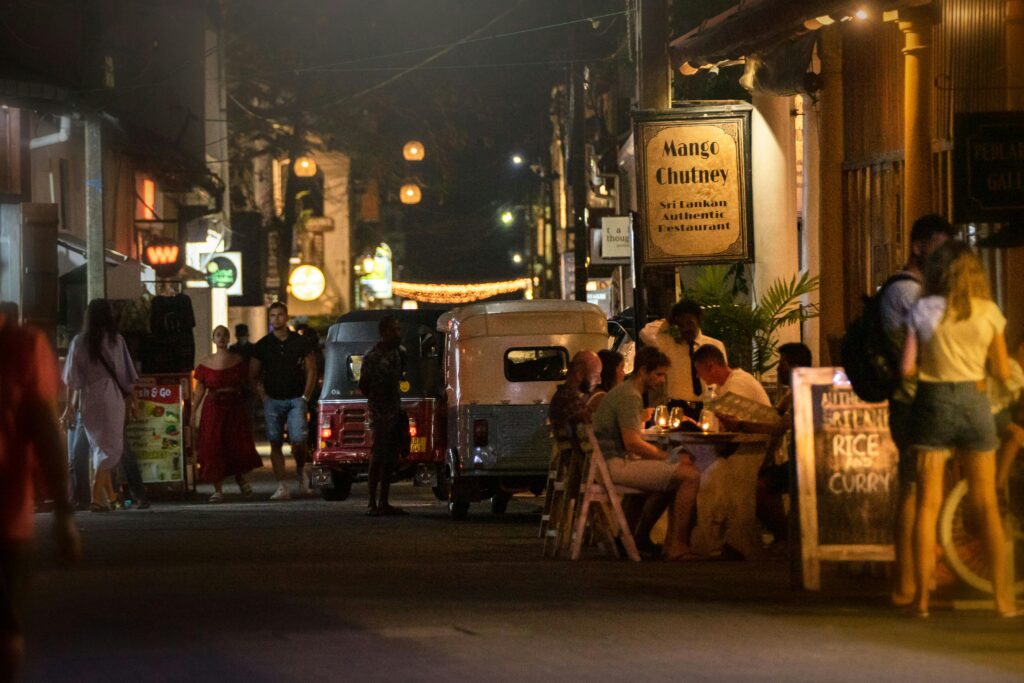
Conclusion
The Dutch Fort in Galle is more than just a historical site; it’s a living, breathing cultural landmark that seamlessly blends the past with the present. Whether you’re exploring its museums, enjoying a meal at a charming restaurant, or simply walking along its ramparts, the Fort offers an experience that’s both enriching and relaxing. A visit to this enchanting destination is not just a journey through history but also an opportunity to immerse yourself in the vibrant spirit of Sri Lanka.

